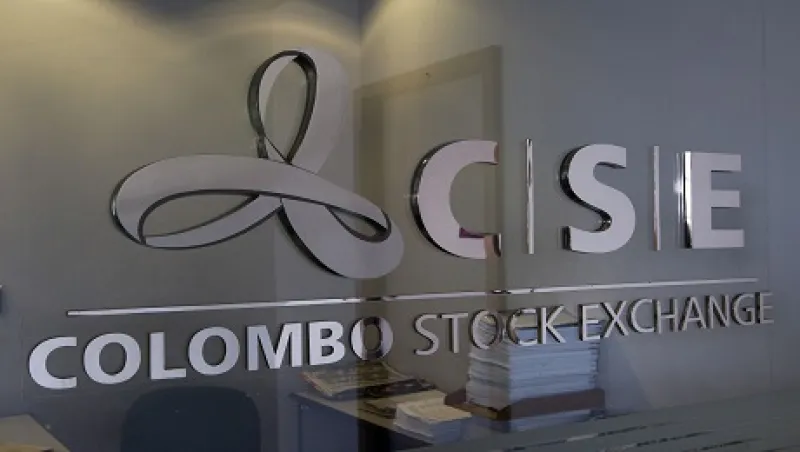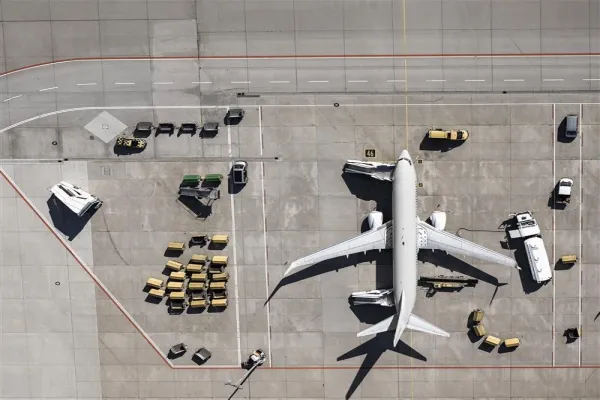Sri Lanka’s long civil war stymied development in the island nation for years. But four years after the defeat of a separatist rebellion by the Tamil Tigers, the economy is booming and government officials, looking to make up for lost time, are actively courting foreign investors to sustain the momentum.
Colombo is offering a number of tax incentives to investors in the finance, transport, tourism and manufacturing industries in an effort to turn the country into a major trading hub for South Asia and a gateway to the vast Indian market next door, Sarath Amunugama, senior minister for International Monetary Cooperation, tells Institutional Investor.
“Sri Lanka is not on the radar for most global investors,” Amunugama acknowledges, “but it is ideally located to be a financial and trading center. Just like Dubai, Hong Kong and Singapore, Sri Lanka is small, manageable, efficient. We haven’t built the ambience for that kind of financial architecture, for offshore banking, but we have ambitions to.”
Amunugama spoke on the sidelines of the Asian Development Bank’s annual meeting in Delhi, which ended Sunday. The ADB forecasts that the Sri Lankan economy will expand by 6.8 percent this year and 7.2 percent in 2014. Besides being a major producer of tea, rubber, sugar, cinnamon and other agricultural commodities, Sri Lanka has vibrant textiles and tourism industries.
The country of 20 million people, which sits off the southeastern coast of India, was singled out by the World Bank last year for having one of the most improved business environments globally. Sri Lanka jumped eight places, to 81st, in the bank’s latest Ease of Doing Business ranking, making it the second most improved nation after Poland. Authorities are working with the World Bank to further market reforms to attract more foreign investors with an eye to move further up the rankings.
Foreign direct investment exceeded $1.3 billion in 2012, up from $1 billion in 2011 and an average of just $200 million a year in the previous decade. “We would like to see FDI rise even higher,” Amunugama says. “We see opportunities in tourism, ports, processing and other value-added production.”
The authorities are also eager to promote the country’s private sector. The Colombo Stock Exchange, which has 283 listed companies with a combined market capitalization of $20 billion, has been one of the best performers in emerging markets in the past few years. Since the end of the civil war, the All Share Price index has more than doubled, from about 3,000 in 2009 to 6,201.68 on May 7 of this year.
Nandalal Weerasinghe, deputy governor of the Sri Lankan central bank, says the authorities are encouraging companies to borrow on international markets as well. “In the past, only the government issued debt in foreign markets,” he says. “We want to foster vibrancy in the corporate sector.”
The government is aiming for long-term growth of 7 percent to 8 percent a year, Weerasinghe says. To achieve, he adds, investment needs to run at a rate of 30 to 32 percent of GDP. According to the IMF, their investment ratio as a percent of GDP in 2012 was 29.9 percent. “The public sector investment ratio stands at 6 percent of GDP. That means the rest must come from the corporate sector,” says Weerasinghe.
Despite decades of civil war, Sri Lanka has the best infrastructure in South Asia, according to the World Economic Forum’s latest Global Competitiveness Report. The government has been tapping global markets to finance its infrastructure development and national reconstruction. Since 2007, the nation has issued $4 billion in bonds, of which it’s repaid $500 million, says Weerasinghe. The search for yield by investors in the advanced world has certainly helped Colombo. The country’s most recent bond issue, a $1 billion deal in July 2012, carried an interest rate of 5.875 percent, a low level for a borrower rated B+ by Standard & Poor’s Corp. Sri Lanka has also taken concessionary loans from multilateral banks and sovereign lenders, mostly from the ADB, China, Japan and the U.S.
In affirming its rating in March, Standard & Poor’s cited favorable growth prospects in the country. “We expect investment to climb toward 30 percent of GDP on continued reconstruction and other public investments,” S&P’s Singapore-based credit analyst Takahira Ogawa wrote, explaining the rating. “This will boost per capita GDP growth to above 6 percent annually in the next few years from slightly below that currently. We believe stronger growth may be possible in the medium term if the business environment improves and spurs net foreign direct investment above its current level of about 2 percent of GDP.”
Officials insist the country offers an environment conducive for greater investment. Sri Lanka has a free-trade agreement with India that makes it a natural gateway to the subcontinent, says Weerasinghe. The country allows 100 percent foreign ownership of companies, unlike India, and it has had a constitutional guarantee that foreign investments cannot be nationalized since the 1970s. It also has bilateral investment protection agreements with 27 major countries around the world.
“We have to make it easy for people to do business so they use Sri Lanka to access the Indian subcontinent,” says Weerasinghe. “If there was no war, we would have been the Singapore of South and Southeast Asia, or at least we would have been able to compete with Singapore. It is never too late. If we get things right from now on, we can do better than Singapore.”






